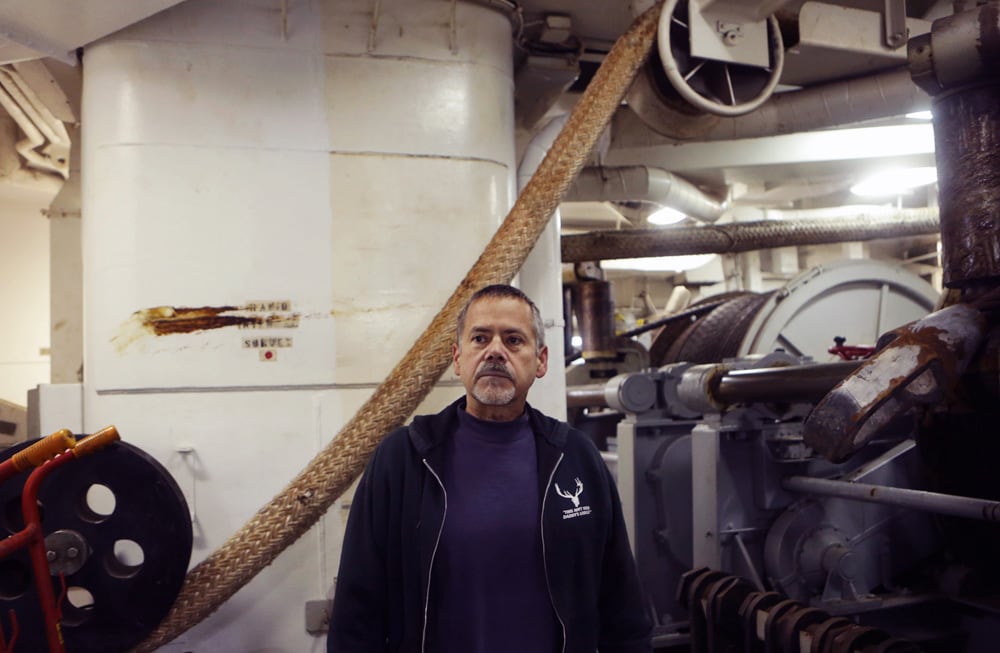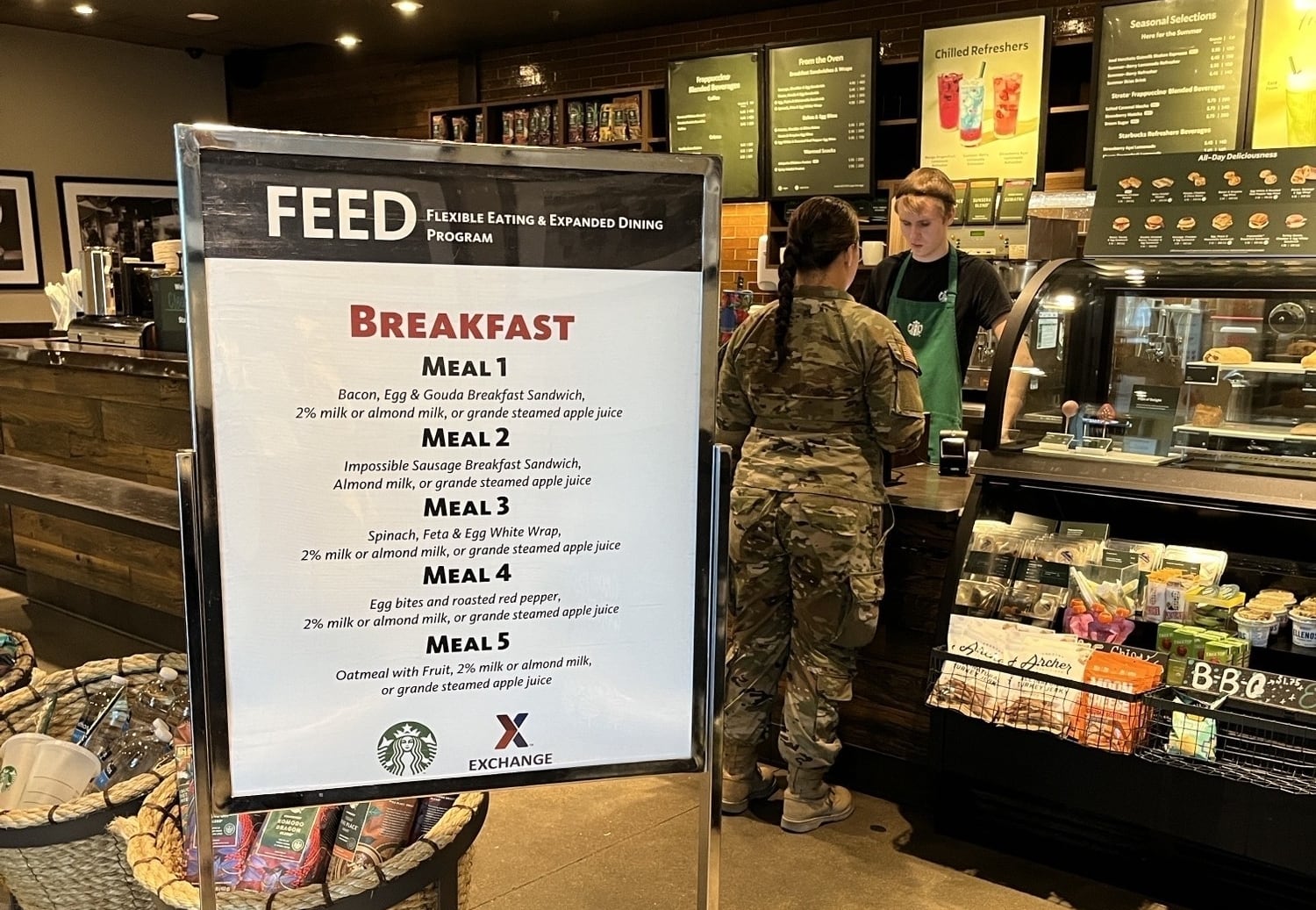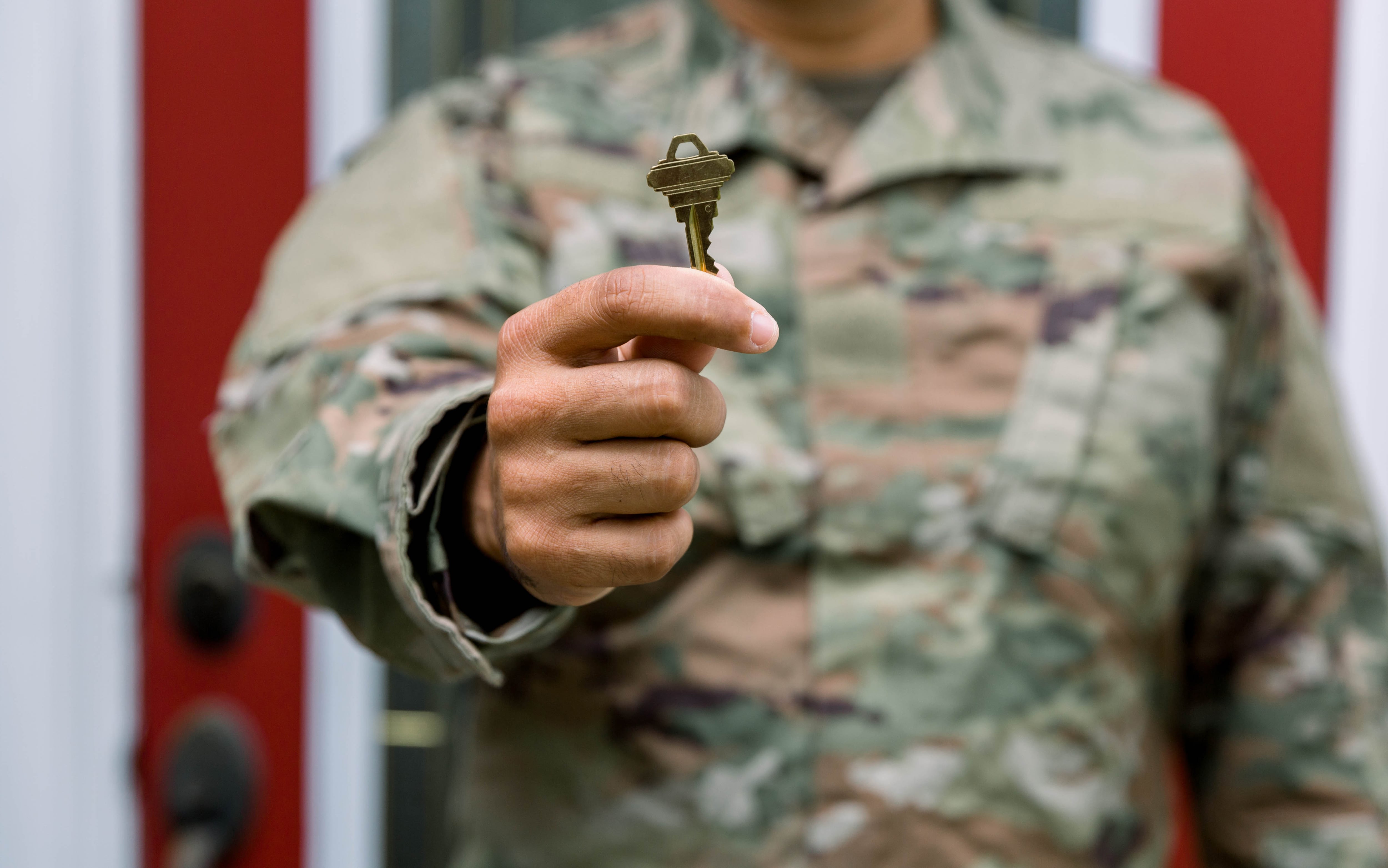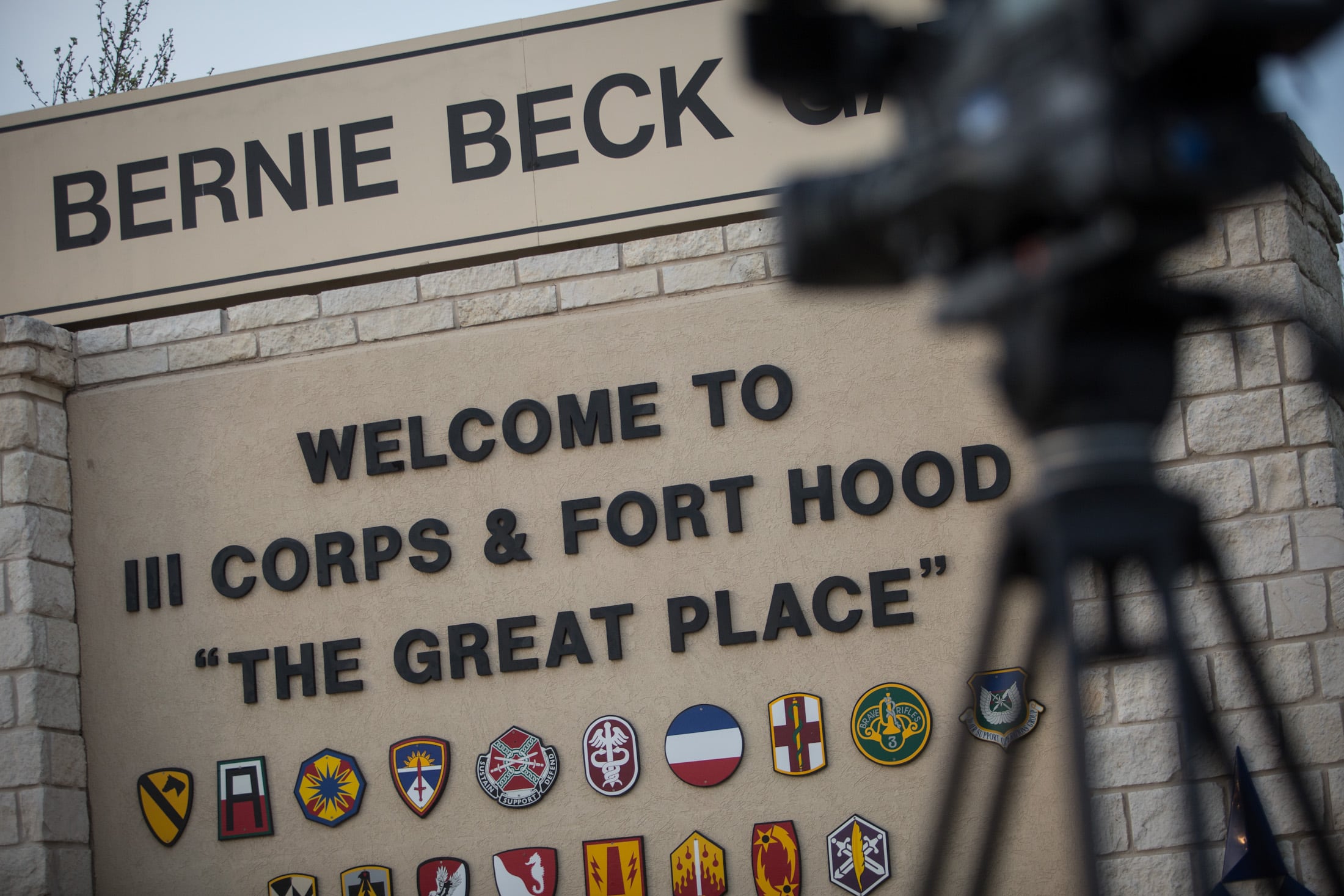NORFOLK, Va. — The Grapple is still grappling.
Howie Goettsch, boatswain on the Virginia Beach-based rescue-and-salvage ship, says he thinks of it as a big fire truck, waiting for the next call.
Over nearly three decades of service, the Grapple has seen its share of them.
After TWA Flight 800 exploded off Long Island in July 1996, the ship left its home at Joint Expeditionary Base Little Creek-Fort Story to join the recovery effort.
In September 1998, when a Swissair flight crashed near Nova Scotia, the Grapple was called again.
A little more than a year later, after an EgyptAir flight plunged into the Atlantic Ocean off Nantucket Island, the Grapple raced to the scene.
It was dangerous work, as video of Grapple divers sifting through pieces of the TWA wreckage on the ocean floor shows.
Work like that continues, in places all over the world, on missions that most people never hear about, unlike those involving the string of airline disasters in the late '90s.
"We're like a Swiss Army knife because we can do so many different things," said Capt. Curt Smith, a career merchant mariner who took command of the ship in 2006, when it was transferred from the Navy's fleet to itsMilitary Sealift Command, operated by civilian crews.
It's one of four rescue-and-salvage ships: the Grasp is also based at Little Creek; the Safeguard at Sasebo, Japan; and the Salver at Pearl Harbor.
Though just 255 feet long and 51 feet wide, the Grapple is strong enough to pull an aircraft carrier, with the help of a heavy-lift system that includes tow machines near its stern.
Spooled around what look like giant fishing reels are massive tow lines - one, a 14-inch-round nylon-polyester line, and two 2-1/4-inch wire cables.
In addition to its towing capabilities, the ship can help "de-beach" ships that have run aground and assist in firefighting operations.
Much of its work in recent years, though, has involved looking for downed military aircraft or other militarygear lost at sea, Smith said: "It happens more frequently than many think."
Since 2006, the Grapple has searched for three F-18s — one in the Adriatic Sea, one off Charleston, South Carolina, and another near Key West, Florida — as well as an E2C Hawkeye and a helicopter.
A photo of an F-18, like the one Grapple found near Key West about six years ago, hangs outside the ship's engine-control station, part of a gallery of memorabilia.

Capt. Curt Smith stands in front of a 14-inch-round nylon-polyester tow line aboard the Grapple.
Photo Credit: Vicki Cronis-Nohe/The Virginian-Pilot via AP
The divers got lucky on that mission. Lowered on a dive station to the ocean bottom, they found what they were looking for as soon as their feet hit the sand: two of the plane's three recording devices. The other one had been picked up by a commercial fisherman.
The pilot had been rescued earlier.
"Sometimes you got good days and sometimes not so much," Smith said. "Usually they get two recording devices and no pilot or a pilot and one recording device."
The ship has a crew of 32 merchant mariners, joined by 16 to 21 Navy divers when on a salvage mission.
If it involves entering unfamiliar waters, a 16-man Navy security team comes aboard. The ship has a capacity of 68.
The divers can go to a maximum depth of 300 feet.
The ship has a recompression chamber that can handle four or five divers at a time, used to treat or block decompression sickness.
Going deeper than 300 feet requires a remote-operated vehicle, a kind of submersible robot with arms, run from the deck of the Grapple. It can reach depths of 5,000 feet or more.
In August and September, the Grapple crew got to work with another kind of submersible that can dive to 1,000 feet and back to the surface in less than two minutes: the sea lion. Four of them, along with their own veterinarian and two freezers full of food, were part of a mission off the coast of Virginia that involved tagging training mines — "inert" mines dropped in the sea as part of training for submarines and minesweepers.
Because they're expensive to make, the mines are fetched from the ocean floor to be reused.
Holding a line with an attached clamp between their teeth, the sea lions are able to dive to the mines and attach the lines.
With the lines clamped into place, the sea lions rush back to the surface, ready for more.
" 'OK, where's the next one?' " Goettsch said they seem to ask. "They want to work. It's amazing."
The mines are then able to be fished out of the sea.
As interesting as a job like that can be, Smith said, he's hoping the Grapple can pick up a couple of missions next year through the Hawaii-based Joint POW/MIA Accounting Command, known as JPAC, for which they have gone on three missions in the past three years.
"They go around the world finding sites where there are still missing soldiers," Goettsch said of the command, which searches "for the fullest possible accounting of the more than 83,000 Americans still unaccounted for from past conflicts," according to JPAC's website.
In July 2012, the Grapple helped recover the bodies of several crew members found aboard a World War II patrol plane that crashed in 1942 in the St. Lawrence Seaway near a small town in Quebec.
Because the water was so cold and the plane had flipped upside down, landing in mud that effectively entombed it, the bodies were preserved.
"They were still in their uniforms, still in their jumpsuits," Goettsch said.
A few months later, the Grapple helped find the remains of crew members aboard a B-17 that crashed during World War II near Calve, Corsica, an island in the Mediterranean Sea, southeast of France.
This summer, the ship worked at the site of another downed World War II plane off Newfoundland.
Matt Hoag, the Grapple's chief mate, has spent two years on the ship and another two on its sister ship, the Grasp.
"I love it," he said, adding that he's served on tankers, ammunition ships and bigger vessels but likes being on a ship with a smaller crew and diverse missions.
"You're always doing something different," he said.
One of his takeaways from the salvage operations is the extraordinary value put on retrieving the remains of those lost at sea.
While he operates equipment that can lift entire cockpits or sections of a fuselage - last year, he was involved in the recovery of a body on a downed helicopter - the primary task is to return bodies to loved ones.
"It just kind of struck me as a great thing that we were, you know, that that was the priority," he said.





